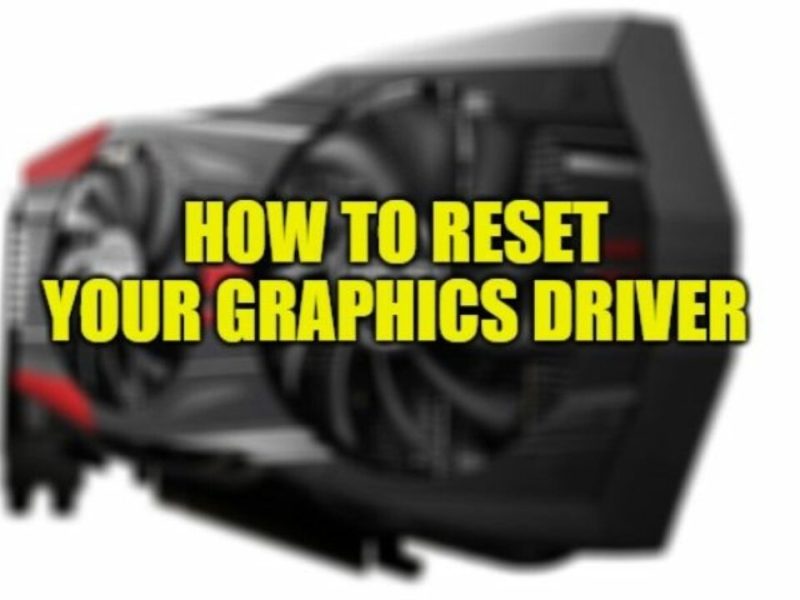Digital media software refers to computer application programs that allow the user the flexibility to manipulate and control many aspects of digital media files. The three distinct components of digital media are audio, photographs, and video. With digital media software, a creator can combine the various building blocks of digital media into a unified production and easily share it with others.
With digital media software, users can seamlessly integrate sound, photos, and video into a presentation.
Digital media, unlike analog media, is created by digitizing the underlying data into a binary format that can be easily interpreted by computers. Equipped with powerful processors and large hard drive storage capacities, modern personal computers can now manage billions of bits of data that encompass digital images, sound, and video. Digital media software provides the necessary tools as well as a graphical user interface to perform these tasks.
Digital media software can allow users to burn finished products to disc.
Through the use of various tools provided in digital media software, the underlying attributes of each type of digital media can be fine-tuned or manipulated at the user’s discretion. Photos can be color corrected, for example; exposure, brightness and contrast can be modified. Stains and other unsightly blemishes can be completely removed.
The variable characteristic of digitized sound or audio files can be changed in a similar way. Audio parts can be cut, copied, and pasted, and discrete parts can be combined into one continuous recording. The amplitude and volume can also be adjusted and controlled at any point in the audio track. Fading in and out of songs or audio recordings can be easily achieved by adjusting the volume curve from the software application program.
Digital video editing software can be used to place video clips imported from a camcorder onto a graphical timeline where they can be shortened, trimmed, and rearranged in any sequence to achieve the desired effect. Sound files and other audio files can be imported and added to the timeline and arranged to play at any point in the production. Photos can be added to the timeline and sandwiched between video clips to create a montage effect.
Digital media software often accomplishes these integration tasks through a drag-and-drop interface or through import/export or cut-and-paste content commands within each application. With digital media software, users can seamlessly integrate sound, photos, and video into a presentation. Users can then share the production with others by transcribing the project file to a DVD or CD for distribution.
Digital video editing software can be used to place video clips imported from a camcorder onto a graphical timeline.


